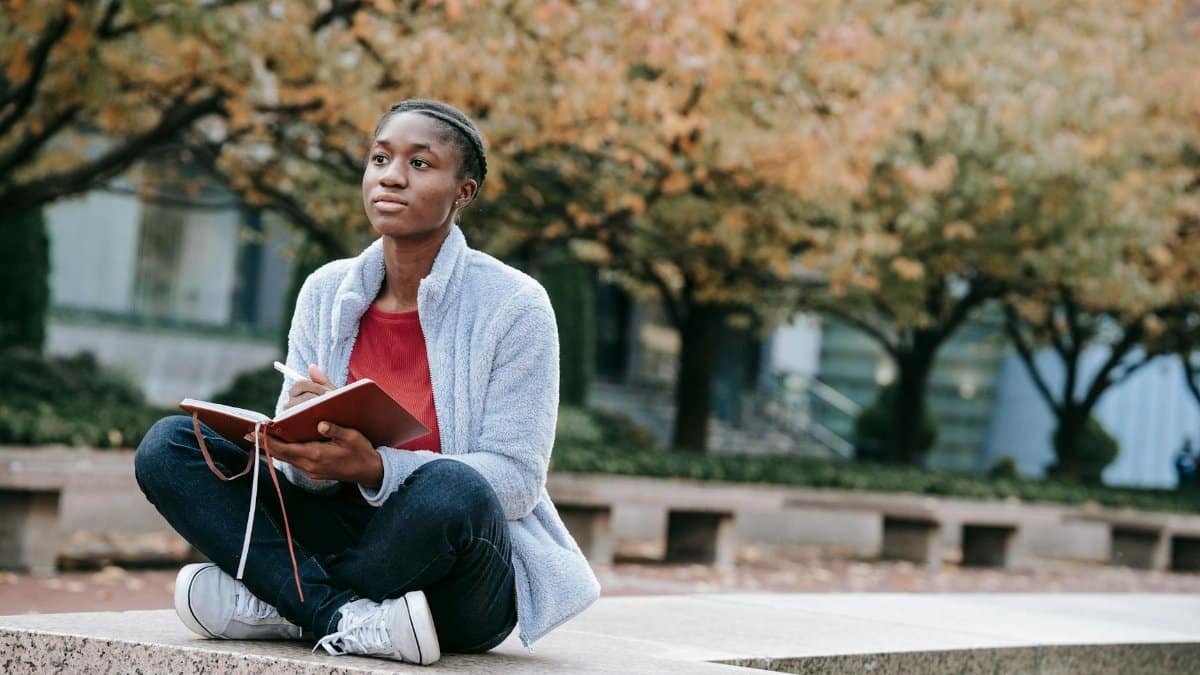In a fast-paced urban world, mindfulness practices are reshaping how city dwellers cope with stress. New data shows 40% of Americans in major cities now incorporate breathwork resilience healing into their routines, up from 25% just five years ago, according to a recent survey by the American Psychological Association. This surge reflects a broader shift toward accessible mental health tools amid rising burnout rates. Breathwork resilience healing, involving intentional breathing techniques, builds emotional strength and promotes recovery from daily pressures. It’s not just a trend; it’s becoming a staple in city life, from New York high-rises to Los Angeles traffic jams.
The Rise of Urban Wellness Programs
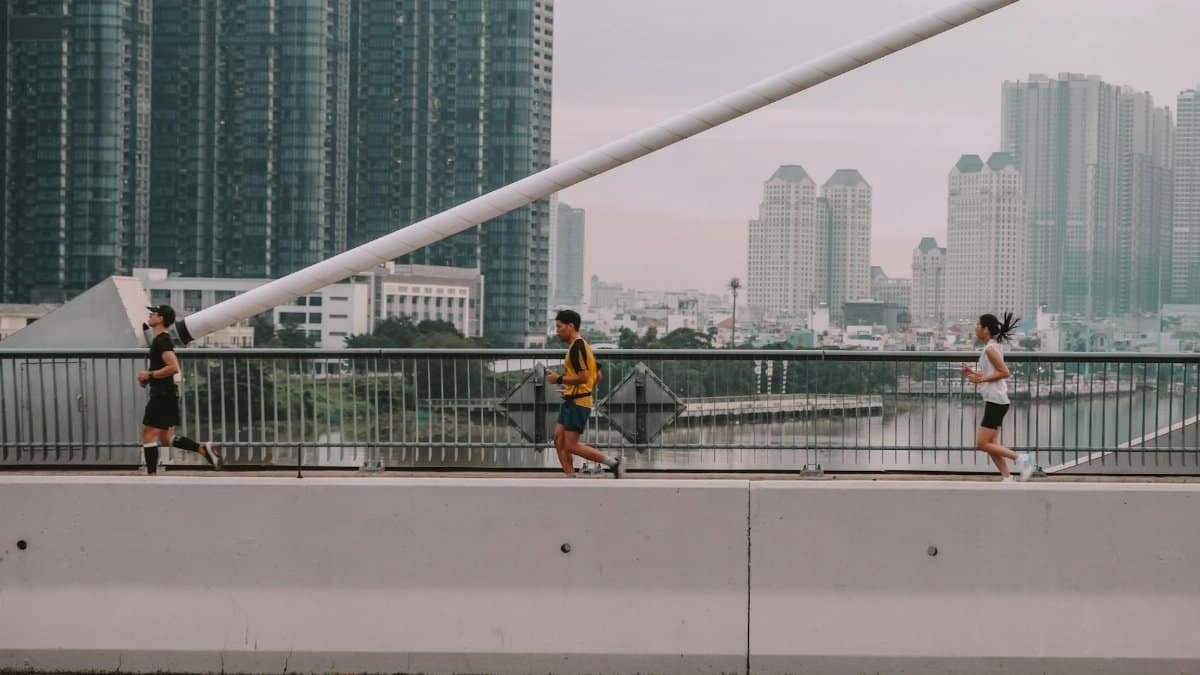
Cities across the U.S. are rolling out mindfulness initiatives to combat the mental toll of urban living. In New York, community centers now offer free breathwork sessions aimed at building resilience among residents facing constant noise and crowds. These programs draw from techniques that regulate the nervous system, helping participants bounce back from stressors like long commutes or job pressures. Experts say this approach fosters a sense of calm in chaotic environments, with participants reporting improved focus after just a few weeks. As urban populations grow, such efforts are key to preventing widespread burnout.
Corporate Adoption in City Workplaces

Big companies in metropolitan areas are integrating breathwork into employee wellness packages. Tech firms in San Francisco, for instance, host daily sessions to enhance resilience and aid emotional healing. This isn’t fluff; studies link these practices to lower absenteeism and higher productivity. Workers use simple breathing exercises during breaks to reset amid high-stakes deadlines. The result? A workforce better equipped to handle the demands of city-based careers, where stress levels often spike.
Impact on Public Health Initiatives

Local governments are turning to mindfulness to address public health crises in urban settings. Chicago’s health department has piloted breathwork programs in underserved neighborhoods, targeting trauma recovery and mental resilience. Data from similar efforts shows reduced anxiety symptoms among participants. By focusing on healing through breath control, these initiatives aim to lower healthcare costs tied to stress-related illnesses. It’s a practical response to the mental health challenges amplified by city density and economic pressures.
Community Building Through Group Sessions
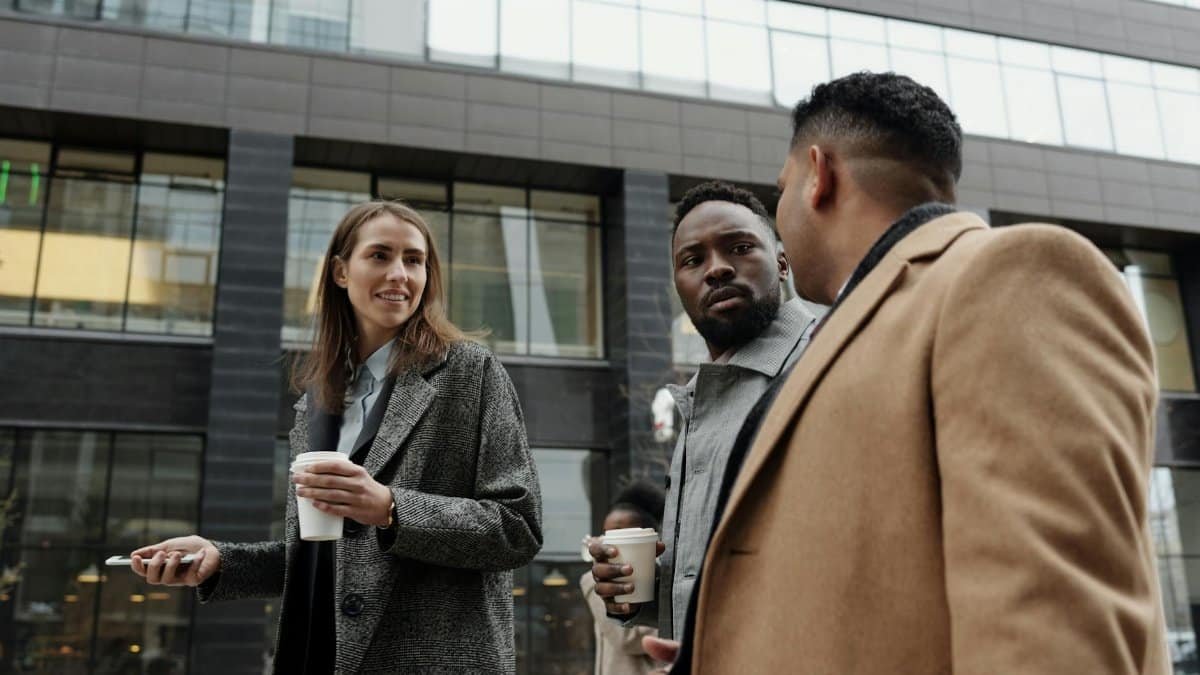
In cities like Boston, group breathwork gatherings are fostering stronger community ties. These sessions emphasize collective healing, where participants share experiences and build mutual support networks. The practice helps individuals develop resilience against isolation, a common urban issue. Organizers note that regular attendees form lasting bonds, turning solitary city life into something more connected. This social aspect amplifies the benefits, making mindfulness a tool for both personal and communal growth.
Scientific Backing for Breathwork Benefits

Research supports the effectiveness of breathwork in promoting resilience and healing. A study from Harvard Medical School found that consistent practice reduces cortisol levels, aiding stress recovery. Participants in urban trials showed marked improvements in emotional regulation. For more details, check the Harvard Health Publishing on breath control. This evidence is driving its adoption in city wellness strategies, proving it’s more than a passing fad.
Challenges in Implementing Citywide Practices

Despite the buzz, rolling out mindfulness programs in cities faces hurdles. Accessibility remains an issue in low-income areas, where resources for breathwork classes are scarce. Skepticism from traditional healthcare providers also slows progress. Yet, advocates push for inclusive models, like app-based sessions that anyone can access. Overcoming these barriers could make resilience healing a standard part of urban life, benefiting diverse populations.
Personal Stories from City Residents
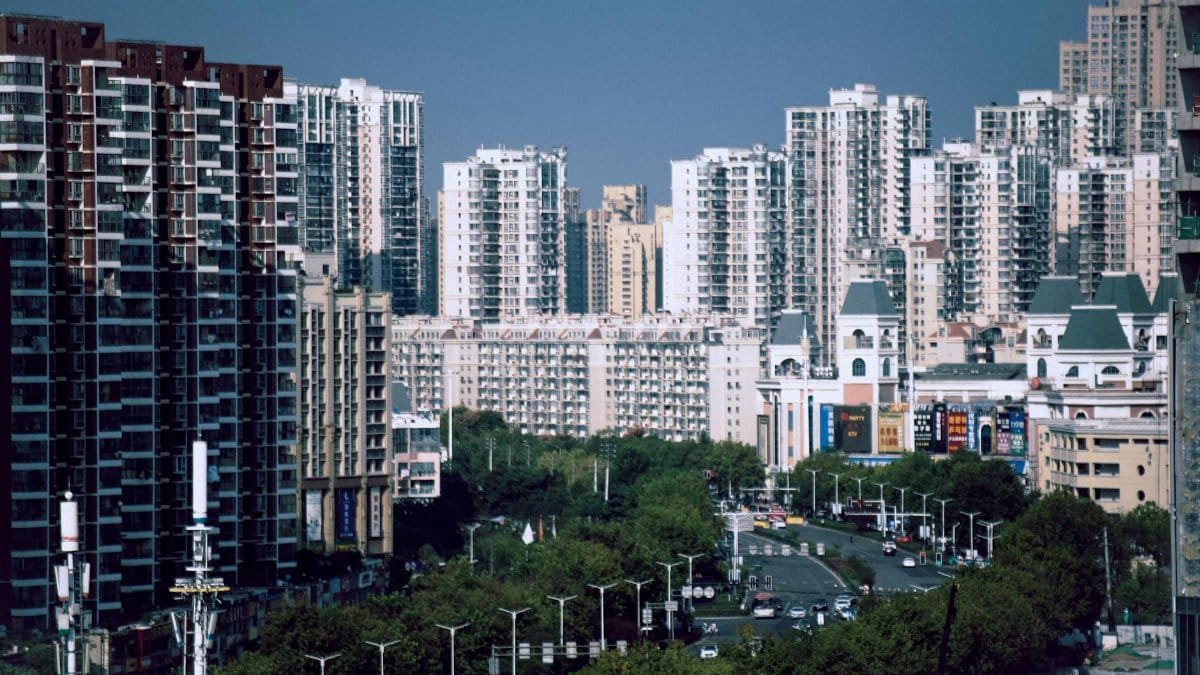
Real people in urban hubs are sharing transformative experiences. Take Mark from Atlanta, who credits breathwork with helping him recover from job loss anxiety. “It gave me tools to rebuild my confidence,” he says. Such anecdotes highlight how these practices offer practical healing in high-pressure environments. From parents juggling city chaos to young professionals navigating career ladders, the stories underscore a growing reliance on mindfulness for everyday resilience.
Integration with Technology in Urban Settings
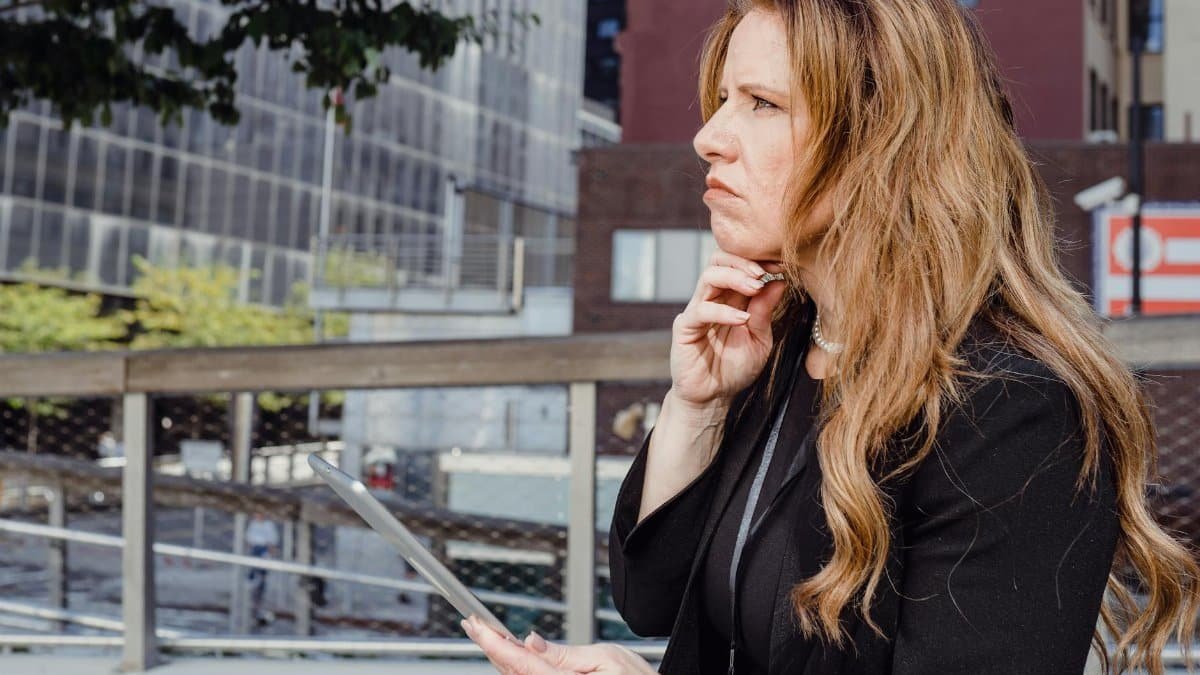
Apps and wearables are making breathwork accessible for city folk on the go. Platforms guide users through sessions tailored for resilience building, syncing with smartwatches to track progress. In bustling places like Miami, commuters use these tools during transit to foster healing. This tech fusion ensures practices fit into packed schedules, expanding their reach beyond traditional classes.
Future Trends in Metropolitan Mindfulness

Looking ahead to 2025, experts predict even wider integration of breathwork resilience healing in city planning. Urban designers are incorporating quiet zones for practice in parks and public spaces. A report from the Centers for Disease Control and Prevention outlines how such strategies could curb mental health epidemics. For insights, see the CDC Mental Health resources. This evolution points to mindfulness as a core element in making cities more livable.
Practical Tips for Urban Practitioners
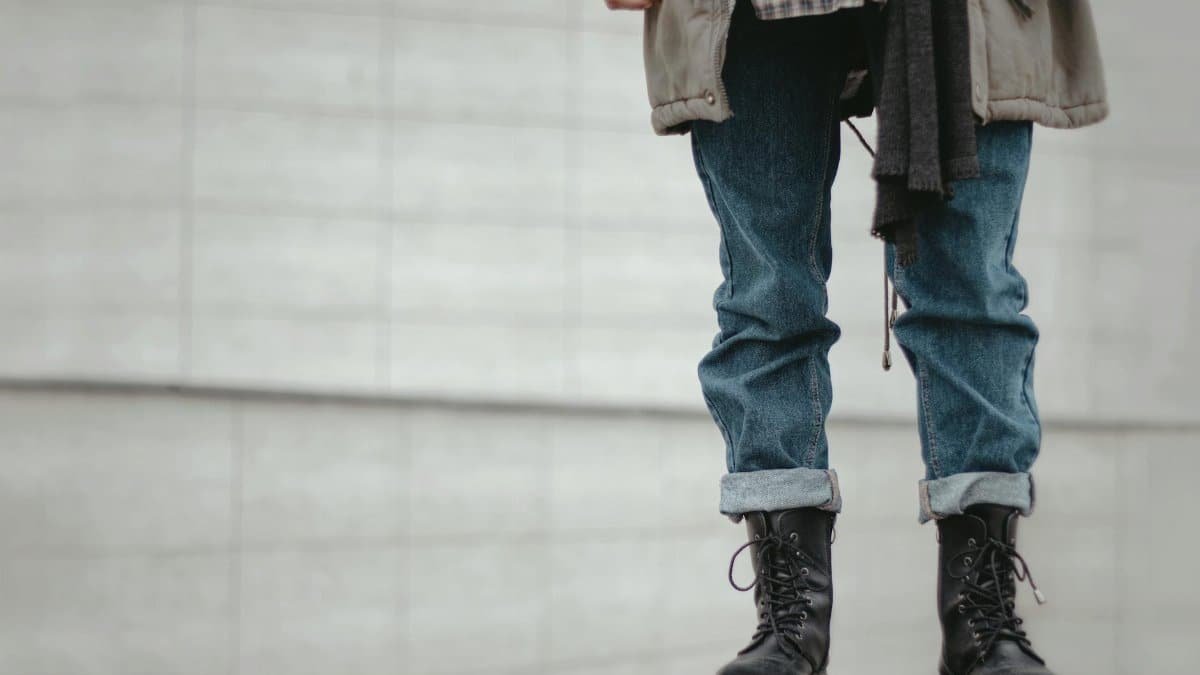
Getting started with breathwork in a city setting is straightforward. Begin with five-minute sessions focusing on deep inhales and slow exhales to build resilience. Incorporate it into daily routines, like morning commutes or lunch breaks. For healing aspects, combine with journaling to process urban stresses. Resources abound online, but consistency is key to reaping the benefits in a demanding environment.
